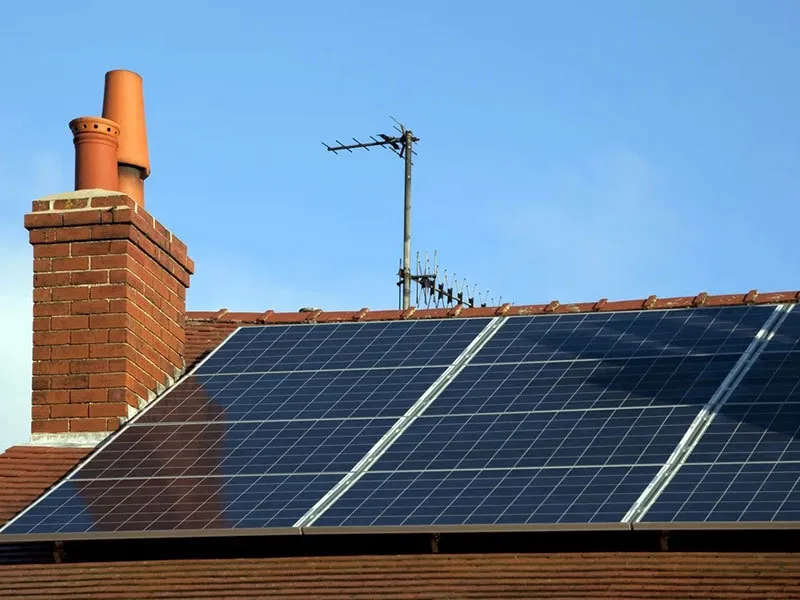solar panel estimate for house
Understanding Solar Panel Estimates for Your Home
As the world shifts towards renewable energy sources, solar power has emerged as a compelling alternative for homeowners looking to reduce their carbon footprint, save on energy bills, and increase their property value. However, before deciding to install solar panels, it's crucial to understand the factors that determine a solar panel estimate for your house. This article aims to break down the components involved in getting an accurate estimate and what homeowners can expect from the process.
The Basics of Solar Panel Estimates
A solar panel estimate provides a detailed projection of the costs and potential energy savings associated with installing solar panels on a home. The estimate typically includes several key elements such as the cost of the solar panel system, installation fees, permits, and potential incentives or rebates. Understanding these components will help homeowners make informed decisions regarding their solar investments.
Key Factors Influencing Solar Panel Estimates
1. System Size One of the primary factors that affect the total cost of a solar panel system is its size, typically measured in kilowatts (kW). The larger the system, the more expensive it will be. However, larger systems can generate more electricity, which may lead to larger savings on energy bills.
2. Energy Consumption Homeowners should evaluate their historical energy consumption to determine the appropriate system size. This involves analyzing monthly energy bills to identify patterns and peak usage times. The more energy-efficient the home is, the smaller the system size required, which can significantly lower the overall cost.
3. Installation Costs Installation fees can vary widely based on the complexity of the installation, labor costs in the area, and the installation company’s pricing structure. It's essential to obtain multiple quotes from different solar installers to ensure you are getting a competitive rate.
4. Type of Solar Panels There are various types of solar panels available, including monocrystalline, polycrystalline, and thin-film solar panels. Each type has its own efficiency levels, lifespan, and costs. Generally, monocrystalline panels tend to be more efficient and come with a higher price tag, while polycrystalline panels are more affordable but may require more space for installation.
5. Location and Sunlight Exposure The geographical location of a homeowner plays a significant role in solar energy production. Homes in sunnier regions tend to generate more electricity, resulting in faster returns on investment. Additionally, factors such as roof orientation, shading from trees or nearby buildings, and the pitch of the roof can affect solar panel placement and overall efficiency.
solar panel estimate for house

6. Incentives and Rebates Federal, state, and local incentives can significantly reduce the upfront cost of solar panel installation. Homeowners should research available tax credits, rebates, and financing options that may apply to their situation. The federal solar tax credit, for instance, allows homeowners to deduct a percentage of the installation costs from their federal taxes.
Calculating Your Return on Investment (ROI)
Understanding the potential savings generated by a solar panel system is paramount for homeowners. An accurate estimate will include projections of energy savings over time, which can help in calculating the return on investment (ROI). Typically, the ROI for solar panel systems ranges from 5 to 10 years, depending on the local utility rates and available incentives.
Getting an Accurate Solar Panel Estimate
To ensure you receive an accurate solar panel estimate
1. Consult with Solar Experts Engage with reputable solar installers who can perform a site assessment and provide personalized estimates based on your specific energy needs.
2. Review Your Energy Use Analyze your energy bills over the last year to gauge your average monthly consumption, and discuss this with your solar provider to determine an appropriate system size.
3. Consider Future Changes If you anticipate future changes in your energy consumption—such as adding electric vehicles or renovating your home—factor those into your estimate.
Conclusion
Investing in solar panels can be a highly beneficial decision for homeowners looking to leverage renewable energy. Understanding how to navigate solar panel estimates equips homeowners with the knowledge needed to maximize their investment. By considering factors such as system size, type of panels, installation costs, and available incentives, homeowners can make informed choices tailored to their individual needs and financial goals. Transitioning to solar power not only provides sustainable energy but also paves the way for a greener future.
-
String Solar Inverter: The High-Efficiency Solution for Smart Solar EnergyNewsJul.14,2025
-
Revolutionizing Rooftop Energy with the Power of the Micro Solar InverterNewsJul.14,2025
-
Power Independence with Smart Off Grid Solar Inverter SolutionsNewsJul.14,2025
-
On Grid Solar Inverter: Powering the Future with Smart Grid IntegrationNewsJul.14,2025
-
Monocrystalline Solar Panels: High-Efficiency Power for the Future of Clean EnergyNewsJul.14,2025
-
Bifacial Solar Panel: A Smarter Investment for Next-Generation Energy SystemsNewsJul.14,2025







